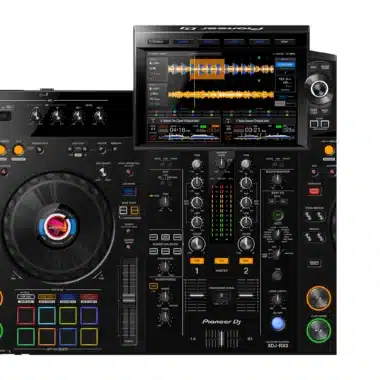DJ Decks: The Ultimate Guide to Choosing and Using DJ Equipment
DJ decks have become a staple of modern music culture, transforming how music is performed, experienced, and created. From vibrant clubs to local gigs, DJ decks are at the heart of a DJ’s setup, blending beats and delivering high-energy performances. In this guide, we’ll explore everything you need to know about DJ decks, from types and features to purchasing tips and essential accessories.
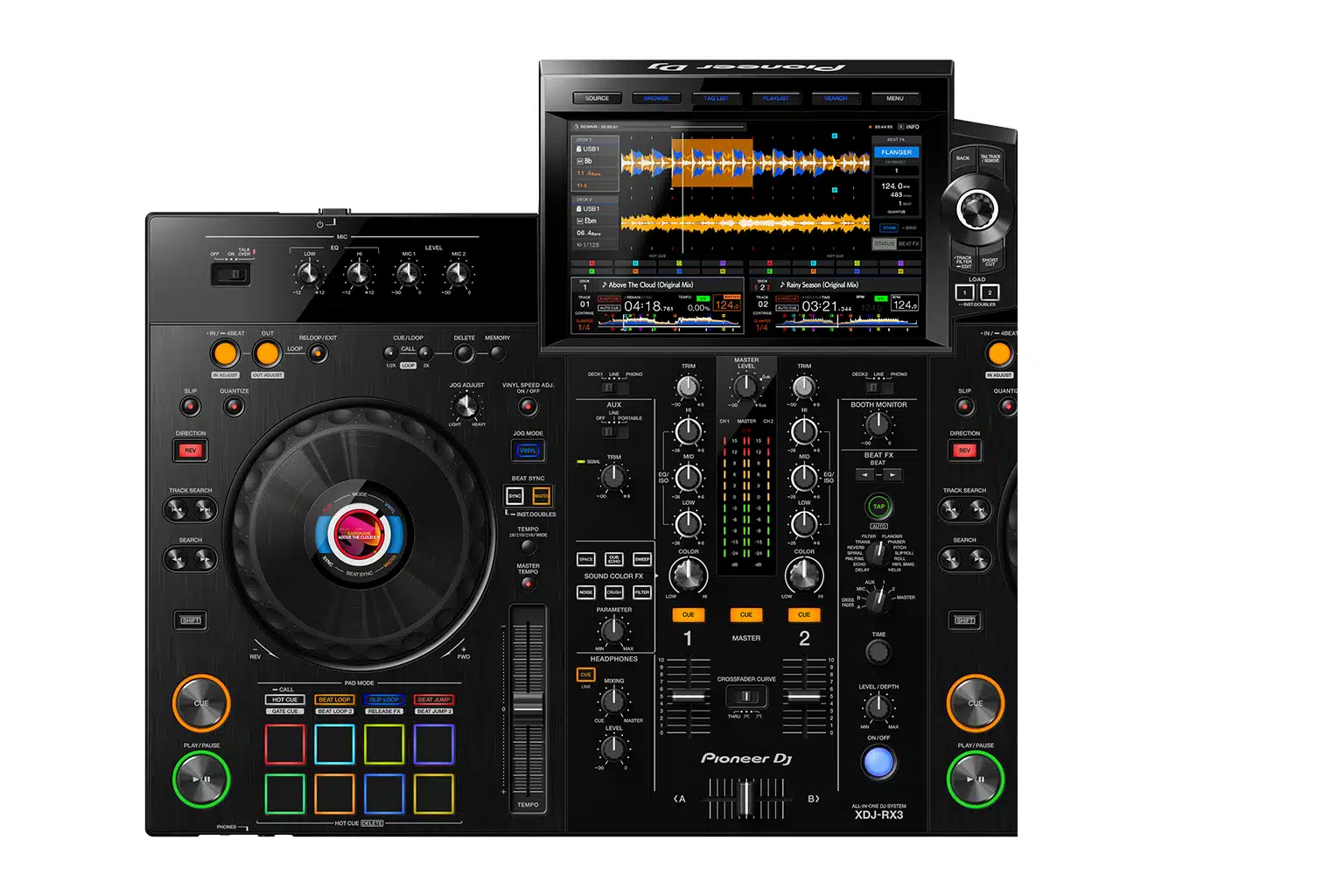
1. Introduction to DJ Decks
DJ decks are essential tools for modern music mixing, empowering DJs to blend, scratch, and creatively manipulate tracks in real-time. These versatile devices, often a combination of turntables and mixers or digital controllers, enable both beginner and professional DJs to create seamless music experiences. As the central component of a DJ setup, DJ decks give users control over various music elements like tempo, pitch, and track alignment, helping transform individual songs into cohesive, unique performances.
The evolution of DJ decks has been remarkable, moving from traditional vinyl turntables to sophisticated digital DJ controllers that cater to diverse musical preferences and skill levels. Today’s DJ decks integrate with software, providing access to digital libraries, effects, and powerful features, making them more accessible to DJs at all experience levels. Whether you’re a vinyl purist or a digital DJ, there’s a range of options available in the DJ decks market, catering to different budgets and technical needs.
DJ decks are also foundational for live performances, electronic music production, and club events, where they bring energy and rhythm to the audience. DJs can use them to seamlessly blend genres, remix tracks, and engage audiences, making DJ decks more than just an instrument—they’re a bridge between the DJ and the crowd. From classic vinyl turntables to advanced multi-functional controllers, DJ decks continue to evolve and remain a staple in both the music industry and DJ culture. With DJ decks, aspiring DJs and professionals alike find the tools to create, experiment, and elevate their sound.
3. Key Features to Consider When Buying DJ Decks
Choosing the right DJ deck can make a significant impact on your performance and mixing abilities. With various models and technologies on the market, it’s important to identify the key features that align with your specific needs and style. Here are some essential factors to consider when buying DJ decks to ensure you’re getting the best fit.
1. Jog Wheel Quality and Sensitivity
The jog wheel is one of the primary controls DJs use to manipulate tracks, allowing for beatmatching, scratching, and pitch bending. The size, quality, and sensitivity of the jog wheel can vary widely between models, and these aspects greatly influence the deck’s responsiveness. High-quality DJ decks, especially those suited for professional performance, offer smooth and sensitive jog wheels with adjustable resistance, allowing DJs to customize the feel to match their preferred handling. If scratching is important to your style, prioritize a deck with a large, responsive jog wheel for maximum control.
2. Audio Interface and Sound Quality
Sound quality is a crucial aspect for any DJ deck. Some decks come with built-in high-quality audio interfaces that ensure minimal latency and clear sound output, which is essential for live performances. A quality audio interface also offers compatibility with external speakers and mixers, ensuring that your sound remains true to the original audio file. Look for DJ decks with 24-bit audio resolution and high sampling rates (e.g., 96kHz) for better sound quality and clarity. This feature is particularly important for professional setups where precise sound output is required.
3. Connectivity Options
DJ decks can vary widely in terms of connectivity, depending on their design and intended use. Some decks are standalone units with USB and SD card slots for digital playback, while others require connection to a laptop and DJ software. Modern DJ decks may offer Bluetooth compatibility and Wi-Fi streaming capabilities, allowing you to access and mix from streaming services. If you plan to integrate multiple audio sources or expand your setup with additional decks or turntables, look for models with multiple USB ports, RCA, XLR outputs, and MIDI compatibility for maximum flexibility.
4. Software Compatibility
DJ decks are often paired with specific software, such as Serato DJ, Rekordbox, Traktor, or Virtual DJ. Each software has unique features, workflows, and user interfaces, and your deck should ideally be compatible with software you feel comfortable using. Many decks come with a license or built-in support for particular software, which can simplify setup and customization. If you’re already experienced with one software, choosing a compatible deck will ease the transition. Additionally, some controllers are designed to work across multiple software platforms, making them a versatile choice.
5. Built-In Effects and Loops
Effects, loops, and sampling options are essential for creating unique soundscapes and enhancing transitions. Some decks offer extensive built-in effects (e.g., echo, reverb, flanger) and looping features that can be triggered directly from the deck, allowing for more dynamic performances. High-end DJ decks often include advanced effects controls, like filter knobs, beat-matched loops, and roll effects. If you enjoy experimenting with effects or need a broad range of audio manipulation tools, prioritize a deck with a robust selection of built-in effects.
6. Portability and Build Quality
Depending on your performance needs, portability and build quality are critical. If you’re a mobile DJ who performs at different venues, you’ll want a deck that’s lightweight, easy to transport, and durable. Look for decks made from quality materials, with well-built knobs, faders, and connections that can withstand frequent travel. Compact all-in-one DJ systems are often preferred by mobile DJs, while larger setups may suit DJs who primarily perform at one location, like a club or studio. Durable, high-quality materials ensure that your deck will hold up over time, even under heavy usage.
7. Display Screen and Interface Layout
A display screen, particularly on digital controllers and all-in-one systems, can greatly improve your workflow by showing track waveforms, BPM, time, and cue points. Some decks have touch screens, while others rely on LED or LCD displays for key information. Additionally, a well-designed layout with intuitive control placement ensures that you can access everything you need quickly, which is especially important during live performances. Ensure that the deck’s interface is user-friendly and that the controls feel natural for your workflow.
When choosing a DJ deck, prioritize features that align with your needs, experience level, and performance style. A well-chosen deck will not only enhance your mixes but also give you the flexibility to grow and experiment with your DJing. From jog wheels and sound quality to connectivity and effects, understanding these features will help you find the deck that best supports your musical journey.
4. Essential Accessories for DJ Decks
To get the best out of your DJ setup, a few essential accessories for DJ decks can make all the difference in functionality, performance, and even convenience. Whether you’re a beginner or a seasoned DJ, having the right accessories can enhance your deck’s capabilities and ensure a seamless performance. Here’s a look at some key accessories to consider when using DJ decks.
1. DJ Headphones
A high-quality pair of DJ headphones is critical for any DJ deck setup. Headphones allow you to monitor tracks, cue music, and ensure seamless transitions between songs. Look for headphones with a closed-back design to block external noise and prioritize sound clarity, particularly in the bass and midrange frequencies, as these help with accurate beatmatching. Some popular DJ headphone features include swiveling ear cups, which are useful for one-ear monitoring, and padded headbands for extended comfort during long sets.
2. DJ Mixer
A mixer is another essential accessory that can significantly expand your DJ deck’s functionality. Although many modern DJ decks have built-in mixing capabilities, a standalone mixer can provide more control over transitions, sound levels, and effects. With a mixer, you can blend multiple tracks, add EQ adjustments, and apply filters that bring depth and creativity to your mixes. For DJs using multiple decks, a mixer becomes indispensable for syncing audio inputs and managing each channel separately.
3. USB Flash Drives or SD Cards
If your DJ deck has USB or SD card support, using these storage devices allows you to access large music libraries without needing a laptop. High-capacity USB drives are particularly useful when performing live, as they offer a compact, easy-to-use solution for loading and accessing tracks quickly. Many DJ decks allow playlists to be loaded from USBs, enabling faster song selection and reducing dependency on laptops. Look for high-speed USB drives to minimize loading times and keep your workflow smooth.
4. Laptop Stand
For DJs who work with laptop-dependent setups, a laptop stand can make a huge difference in organization and ease of access. A stand elevates your laptop to eye level, allowing you to view your software interface while also providing space for other accessories and controllers. Some laptop stands are adjustable and foldable, making them easy to transport and set up for gigs or studio sessions. By positioning your laptop at the right height, you reduce strain and improve access to your DJ software during performances.
5. Protective Cases and Bags
DJ decks are often expensive and delicate pieces of equipment that need to be handled with care. Protective cases and bags are essential accessories, especially for DJs who travel frequently or perform at different venues. These cases come in various sizes to fit DJ decks, mixers, and headphones. Hard-shell cases provide better protection against impacts, while padded soft cases are lighter and easier to carry. Investing in a protective case can extend the lifespan of your equipment by preventing damage from dust, moisture, and physical impact.
With the right accessories, DJ decks become more than just music equipment—they turn into powerful tools for creativity and performance. Accessories like headphones, mixers, USB drives, laptop stands, and protective cases ensure that your setup is organized, functional, and safeguarded against wear and tear. Whether you’re mixing at home or playing at live events, these essential accessories for DJ decks allow you to focus on your music and perform with confidence.
5. Tips for Beginners: Getting Started with DJ Decks
Starting out with DJ decks can feel like diving into a world of buttons, knobs, and endless sound possibilities. But don’t worry—anyone can master the basics and create impressive mixes with some patience and practice. Here are some essential tips for beginners to help you get started with DJ decks and build a solid foundation for your DJing journey.
1. Choose the Right DJ Decks for Your Needs
For beginners, selecting the right DJ decks is a crucial first step. There are various types of decks, from entry-level controllers to high-end turntables, and each type offers unique features. If you’re new, consider a beginner-friendly controller deck that integrates with software like Serato or Rekordbox. Controllers are generally more affordable, lightweight, and user-friendly, making them ideal for learning the basics of mixing, cueing, and beatmatching.
2. Learn the Basics of Beatmatching
Beatmatching is one of the core skills for any DJ and involves syncing the tempo of two tracks to create a smooth transition. Although many modern DJ decks come with auto-sync features, practicing beatmatching manually will develop your ear and control over the music. Start by matching the BPM (beats per minute) of both tracks and use the pitch fader to adjust their tempos until they align. This skill is foundational and will greatly improve your mixing and transition capabilities.
3. Master Cueing and Crossfading
Cueing allows you to prepare a track in your headphones before it plays to the audience, giving you time to set it up for a smooth transition. To cue, you’ll need DJ headphones connected to the deck’s cue output, and most decks will have cue buttons that let you monitor each track. Crossfading is the action of moving between two tracks; it’s typically done with a crossfader, which is a sliding control that gradually fades one track out while bringing another in. Learning to cue and crossfade seamlessly will make your sets more polished and enjoyable.
4. Experiment with EQ and Effects
DJ decks offer EQ (equalizer) controls that adjust the bass, mid, and treble frequencies. Experimenting with EQ will allow you to shape the sound and emphasize certain elements of a track. For example, reducing the bass on one track while introducing a new track with a strong bassline can make for smoother transitions. Additionally, effects such as reverb, echo, and filter add creative flair to your mixes. Just be cautious not to overuse effects, as subtlety is often more effective than heavy effects.
5. Organize Your Music Library
Before diving into mixing, organizing your music library will save you time and keep your sets smooth. Group your tracks into playlists based on genre, tempo, or mood, so you can easily locate the right track during a set. Knowing your music library also means understanding the intros, outros, and energy levels of your songs, which helps in making better transition choices. Most DJ software allows you to add cue points and notes to tracks, which can further enhance your music organization.
6. Practice Basic Transitions and Build a Flow
Practice makes perfect, especially when learning transitions. Start by working on simple transitions between two similar songs with matching tempos. Focus on keeping a steady flow by allowing each track to naturally blend into the next, avoiding abrupt or jarring changes. Learning how to build a flow and keep your audience engaged takes time, so experiment with different techniques and develop a unique style that feels comfortable for you.
7. Record and Review Your Sets
One of the best ways to improve is by recording your practice sessions and listening back to your transitions, effects, and overall flow. DJ software often has built-in recording features that make it easy to capture your sessions. Reviewing your recordings helps you identify areas that need improvement and build confidence in your skills. It’s also a great way to track your progress over time and refine your style.
Starting out with DJ decks might seem intimidating, but by following these foundational tips, you can quickly build the skills needed to create smooth, dynamic sets. From learning beatmatching and cueing to practicing transitions and organizing your music, each tip helps you develop the expertise and confidence to keep audiences engaged. Remember, DJing is as much about creativity as it is about technical skill, so take your time to learn, experiment, and have fun!
6. Advanced DJ Techniques Using DJ Decks
Once you’ve mastered the basics of DJing, it’s time to explore advanced techniques that can elevate your performance and make your sets more dynamic and unique. Advanced techniques not only showcase your skill but also add creativity and energy to your mixing. Here’s a look at some key techniques to help you move beyond the basics and start impressing your audience with DJ decks.
1. Looping and Live Remixing
Looping is a technique that allows you to repeat a section of a track seamlessly, which is especially useful for extending intros or breakdowns to give yourself more time to mix in another track. Many DJ decks have built-in looping functions that let you set loops at different lengths, from short snippets to extended segments. Once comfortable with basic loops, you can explore live remixing by layering loops over different beats or tracks, creating an original sound that brings a new dimension to your mix.
2. Harmonic Mixing
Harmonic mixing involves combining tracks with compatible musical keys, making transitions sound smoother and more pleasant to the ear. DJ software often includes key detection, making it easier to identify tracks that will harmonize well together. When you match the keys, the blend between songs feels more cohesive and musical, enhancing the overall listening experience. Advanced DJs also use key shifts to shift the pitch of tracks subtly, allowing for even greater flexibility in mixing tracks harmonically.
3. Beat Juggling
Beat juggling is a high-energy technique that involves manipulating two tracks on separate decks to create rhythmic patterns or remix tracks live. DJs achieve this by alternating between beats on each deck, creating a new rhythm or breaking down a beat. This technique requires strong timing and a good ear but, when executed well, can create impressive and complex rhythms that excite the crowd. Beat juggling is often used in hip-hop and scratch DJing and adds a highly dynamic element to your set.
4. Effects Layering and Customization
Adding effects like reverb, delay, flanger, and filters can add personality and drama to your mix. Advanced DJs experiment with combining multiple effects to create new sounds or to emphasize certain parts of a track. For example, applying a low-pass filter followed by echo can add a dreamy, atmospheric quality to a track. Experiment with effects sparingly at first to avoid overpowering the music, gradually building an understanding of which effects work best in different musical contexts.
5. Using Hot Cues for Creative Transitions
Hot cues are markers placed within a track that you can jump to instantly, allowing for more flexibility in live remixing and transitions. Advanced DJs set multiple hot cues within a track to jump between sections like vocals, drops, or intros, letting them create new patterns on the fly. Hot cues also allow for quick transitions by letting you jump to a specific part of a track when needed, giving you control over the song structure and flow.
Mastering advanced DJ techniques like looping, harmonic mixing, beat juggling, effects layering, and hot cueing can transform your DJing style and set you apart from other DJs. Experimenting with these techniques will not only enhance your technical skill but also unleash your creativity, making your sets memorable and unique.
7. Where to Buy DJ Decks in Nairobi, Kenya
If you’re in Nairobi and looking to invest in DJ decks, you’re in luck. Kenya’s capital offers a variety of options to purchase top-quality DJ equipment, from well-known international brands to more budget-friendly models. Whether you’re a beginner or a seasoned DJ, you’ll find stores across Nairobi that cater to different skill levels, budgets, and specific needs. Here’s a guide to some of the best places to buy DJ decks in Nairobi, as well as tips on what to look for when shopping locally.
1. Specialized Music and DJ Stores
Several shops in Nairobi specialize in musical instruments and DJ equipment, providing an extensive range of DJ decks. Stores such as Alfajiri Music House, Instruments Kenya, and Sound Creations are known for their wide selection of DJ gear, including decks, mixers, headphones, and controllers. These shops often carry brands like Pioneer, Numark, and Denon, which are popular in the DJ industry for their durability and high-quality sound. Shopping at a specialized store gives you the advantage of consulting with knowledgeable staff who understand DJ equipment and can help match you with a deck that suits your style and needs.
2. Electronics Retailers
Major electronics stores such as Carrefour, Best Buy Electronics, and Game Store sometimes stock DJ decks and other equipment. Although they may not have as wide a selection as specialized music stores, these retailers often carry entry-level to mid-range DJ decks. Shopping at these stores can be convenient, especially if you’re looking to compare prices or explore a wide range of electronics and accessories in one place.
3. Online Shopping and E-commerce Platforms
For those who prefer the convenience of online shopping, Nairobi offers several options, including Jumia and Kilimall. These platforms feature a range of DJ decks, with options for comparing prices, reading reviews, and browsing different brands all in one place. Online marketplaces also provide frequent discounts, seasonal sales, and convenient home delivery options. However, it’s essential to ensure you’re buying from verified sellers and to check the return and warranty policies.
Another option is shopping through local stores’ online portals, such as Sound Creations’ website, where you can browse available products, read detailed specifications, and make purchases directly.
4. Second-Hand DJ Equipment Markets
If you’re open to buying pre-owned DJ decks, Nairobi has several stores and markets that specialize in second-hand equipment, such as Ngara Market. Pre-owned gear can be more affordable, allowing you to get high-quality equipment within a tighter budget. However, it’s crucial to inspect the equipment carefully and, if possible, test it in-store before buying to avoid potential issues.
Tips for Buying DJ Decks in Nairobi
When shopping for DJ decks, ensure the store provides a warranty or reliable after-sales service. Look for shops that offer trial options so you can test the feel and sound quality of the equipment. Finally, inquire about installment options if you’re buying high-end equipment, as many stores in Nairobi offer flexible payment plans.
Nairobi’s diverse DJ equipment shops, both online and offline, make it a convenient city for buying DJ decks. By exploring these options, you’ll find the ideal deck for your DJ journey, no matter your budget or experience level.

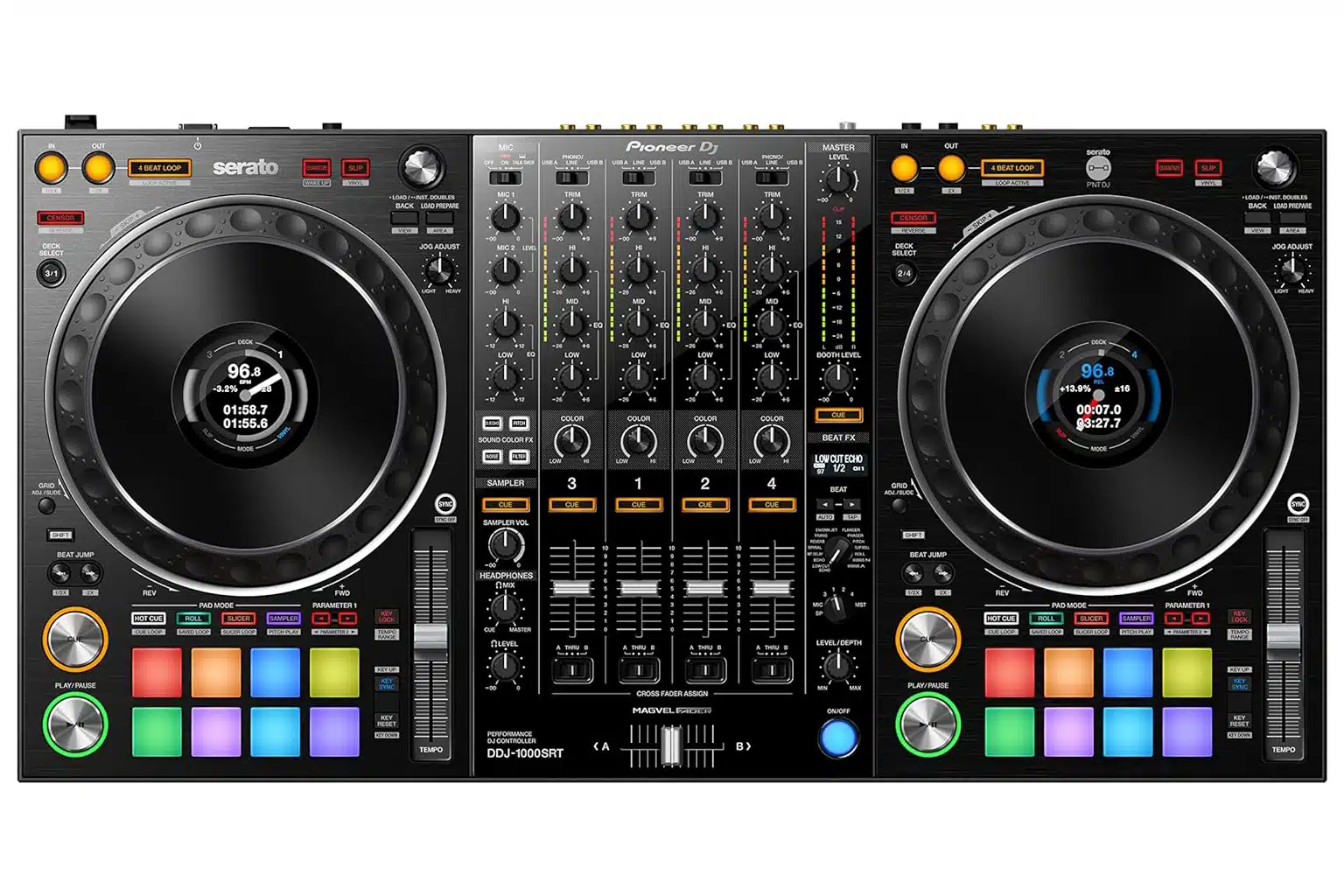
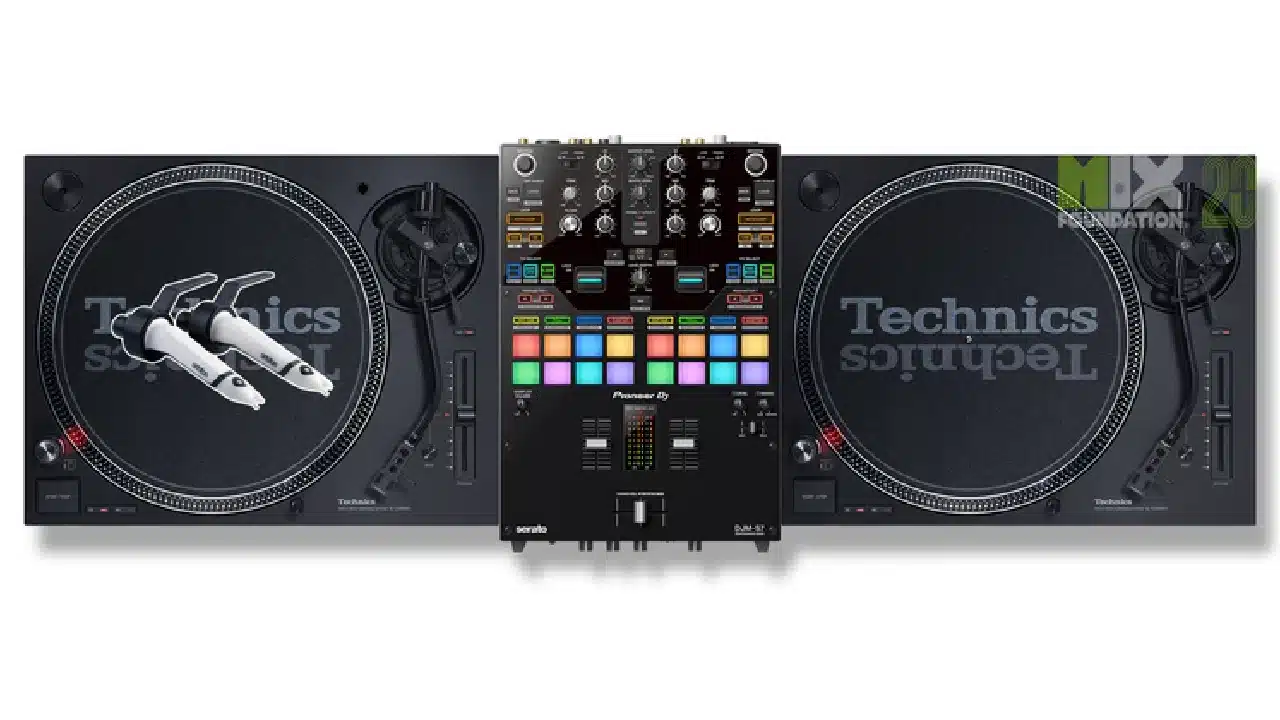 2. CDJs
2. CDJs 3. DJ Controllers
3. DJ Controllers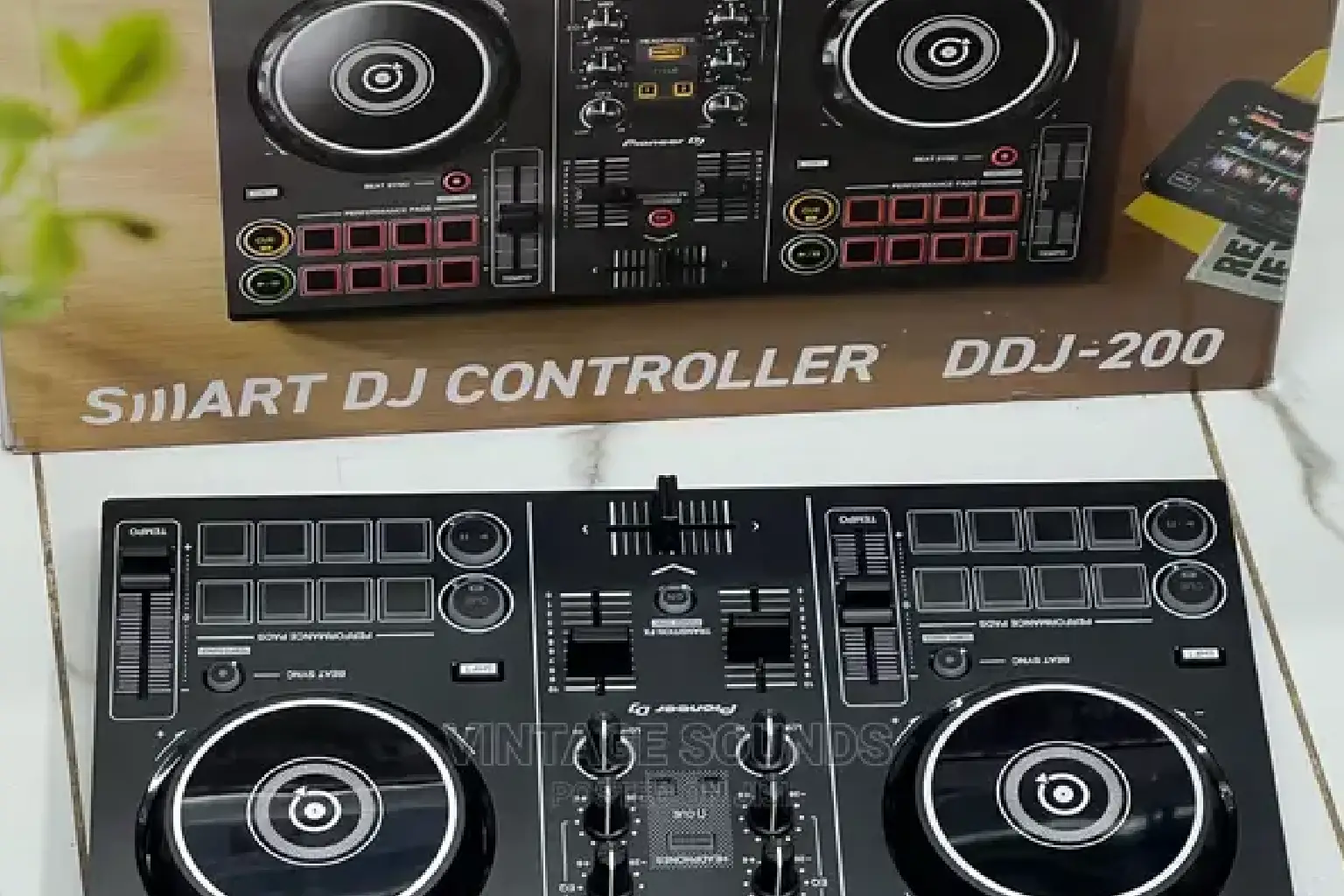 5. Hybrid DJ Decks
5. Hybrid DJ Decks